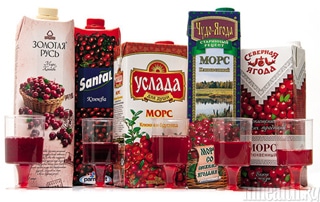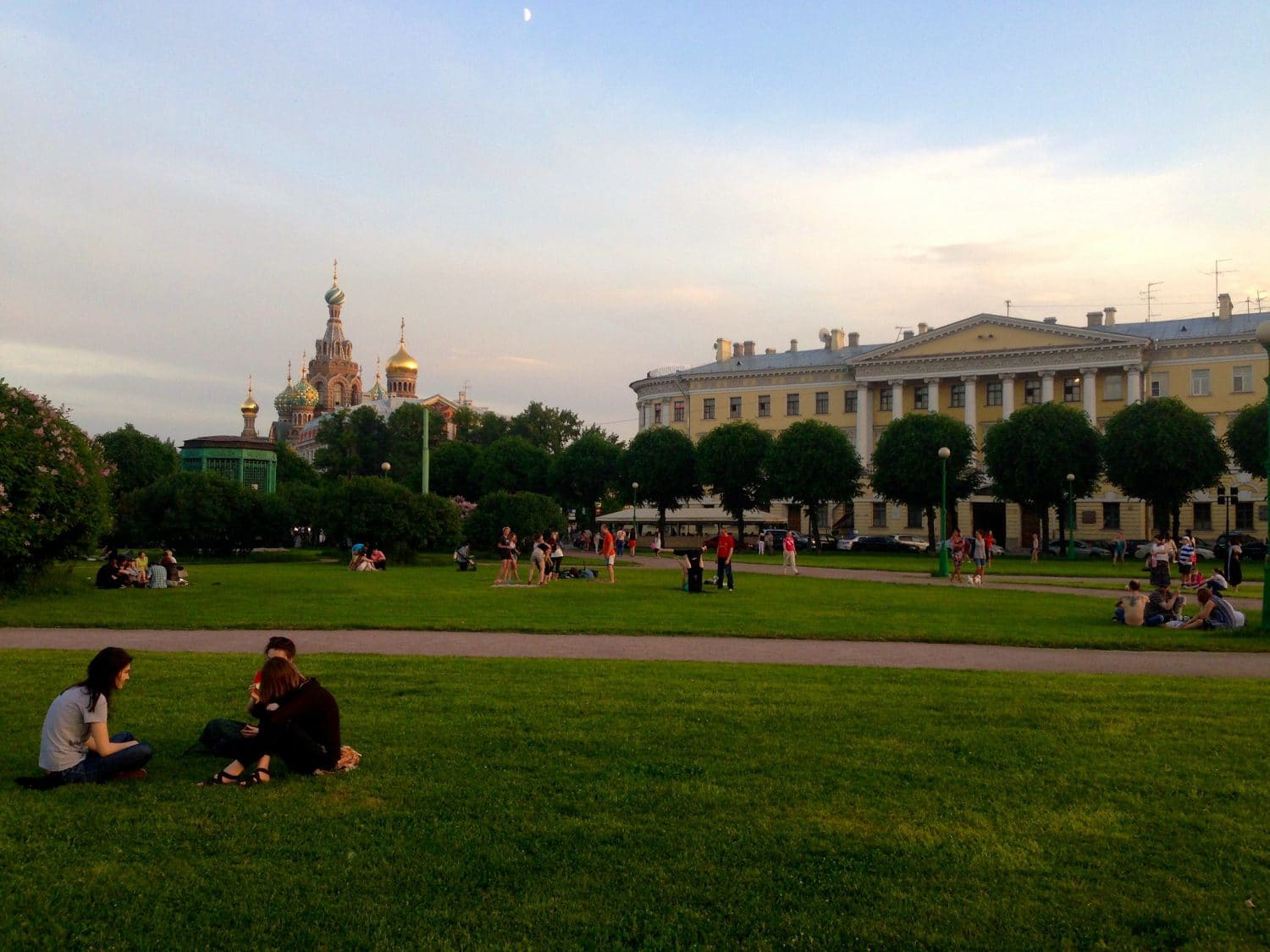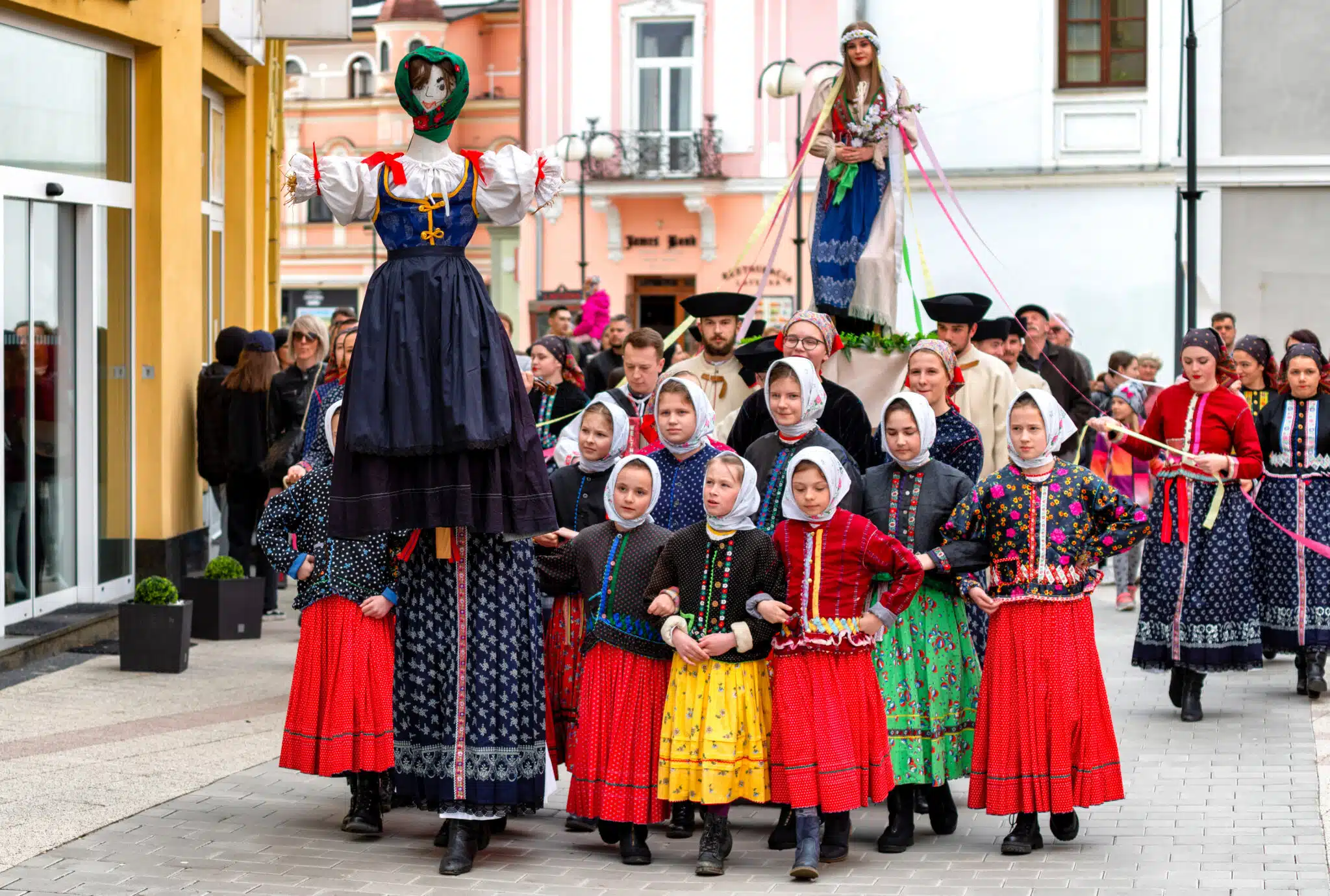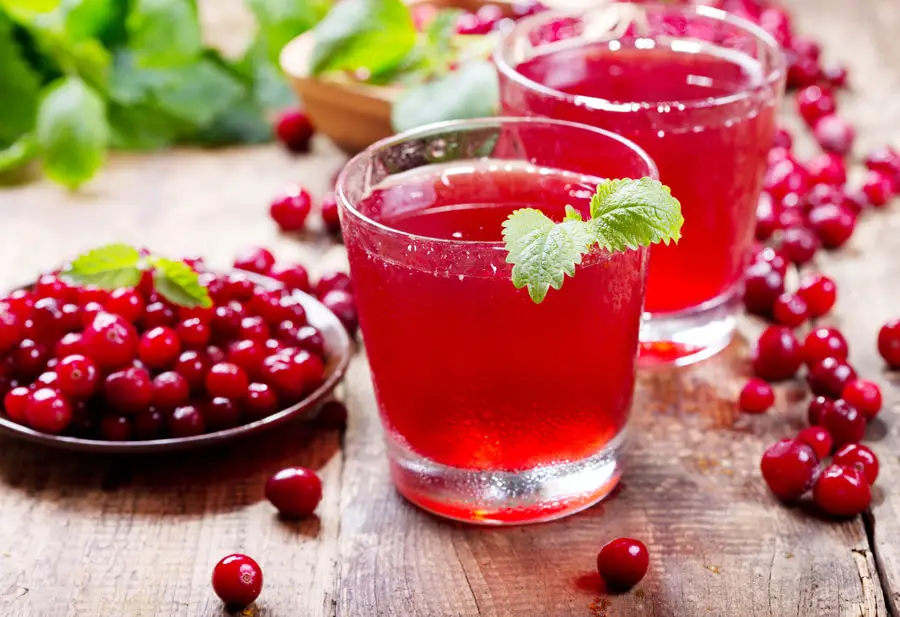Mors (Морс) is a traditional Russian drink typically made of fresh berries, sugar, and water. It is drunk and enjoyed across the post-Soviet space.
Most often mors is made by boiling berries or similar small, juicy fruits such as cranberry, lingonberry, wild strawberry, or red currant with a sweetener such as honey or sugar. Mors is one of the oldest Russian drinks, with some archeologists suggesting that it may be more than two thousand years old. The earliest written records of the drink, however, are found in a fifteenth-century encyclopedia called “Домострой” (Domostroy), which translates loosely to “Household Code” and which covered everything from rules about how to organize a farm to how to punish a son to how to make good mors.
How It Got Its Name
(Почему он носит такое название?)
The word “mors” most likely comes from the Byzantine word “moores,” which means “water and honey.” The Latin word “musla,” which means “mead” is also sometimes cited as a possible source; mead is fermented water and honey.
Traditionally in Russia, particularly in rural Russia, honey has been more readily available than granulated sugar and thus was long the traditional sweetener of choice. Today’s recipes for homemade mors and commercially-produced mors drinks, however, usually call for sugar to be added. Honey is still sometimes used, especially by the health- or tradition-conscious.
When and How to Drink Mors
(Как правильно пить морс?)
Mors is especially popular on warm summer days and is often served slightly chilled. On the other hand, many profess drinking mors throughout the winter keeps sickness away since it contains many vitamins.

Citing these vitamins, many Russians believe mors has many benefits, including preventing colds, reducing fever, and improving one’s mood. Some recipes go as far as to suggest drinking mors thirty to forty minutes prior to eating to help your digestion.
Mors can be made at home, but is also commonly bought in one of many commercially-produced brands produced in Russia. It is sold in supermarkets in the juice section.
How to Make Mors
(Как правильно готовить морс?)
Mors is most often prepared with “ягоды” (berries), specifically “клюква” (cranberries), but a variety of fruits can be used. To add more nutrients, people sometime add juice from vegetables such as beets, rhubarb, or carrots.
Occasionally recipes call for birch tree juice (another traditional Russian drink) to be added to the mix. Mixing a variety of fruits and vegetables can make this drink very fresh and maximize nutritional benefits.
Many recipes will list two categories of berries: “лесные” (forest) and “садовые” (garden or orchard). Forest berries are found in the vastness of Russian forests, and berry-picking or mushroom-hunting are popular activities in Russia is a popular activity in Russia. Examples found in the forest include “черника” (bilberry), “голубика” (blueberry), “брусника” (ligonberry), and cranberries.

On the other hand, garden berries, as the name hints, are grown in gardens or orchards. Examples include “малина” (rasberry), “клубника” (strawberry), “красная и чёрная смородина” (red and black currant), “крыжовник” (gooseberry), “вишня” (cherry), and “виноград” (grape). In the summer, garden berries color bazaars across Russian cities.
While less common, other fruits can be used in making mors, including “арбуз” (watermelon), “яблоко” (apple), and “персик” (peach).
Most commonly, mors is strained through a fine sieve. Some cooks even suggest placing a paper towel in the sieve to make sure to get all seeds, pulp, and skin out of the drink. However, many restaurants in Russia now offer fresh “home-style” mors that will feature considerable pulp and skin. Keeping these elements and keeping the boiling stage of the mors to a minimum are becoming more popular as it is recognized that this maximizes the vitamins and fiber that can be obtained from the drink and thus maximizes the health benefits for which Russians have long cherished the drink.
For the health conscious (and traditionalists), honey can also be used in the place of sugar. Plus, as a finishing touch, try sprinkling a dash of cinnamon (also revered in the modern age for its unique health benefits) in the cup and place a mint leaf or lemon or orange zest on top for a nice garnish!
Mors Recipe!
(Давай Приготовим!)
| Клюквенный морс | Cranberry Mors |
Ингредиенты
Приготовление
|
Ingredients
Preparation
|
| Яблочный Морс | Apple Mors |
Ингредиенты
Приготовление Яблочный морс можно приготовить двумя способами. Способ 1
Способ 2
|
Ingredients
Preparation Apple mors may be prepared in two ways: Method 1
Method 2
|
Our Favorite Mors Videos
Here is a quick and simple demonstration of how to make mors (without smiling).
In this six-and-a-half minute video one Russian woman floridly teaches another how to “quickly” make mors for her husband and why he’ll be grateful for it.
This simple video shows the different types of berries explained above. This video can be used to reinforce the new vocabulary you learned in this lesson!
You Might Also Like
Kupala is an ancient Slavic holiday celebrating the summer solstice, or midsummer. Once part of a series of annual rituals, it marked and was believed to sustain agricultural cycles—essential to early human survival. Held as vitally important, these pagan traditions remained deeply rooted even after Christianization, technological change, and centuries of oppression tried to dislodge […] Easter breads such as kulich, paska, choreg, and nazuki are delicious Easter traditions. Easter is by far the most important religious holiday for those practicing Eastern Christianity. In addition to church services and egg dying, the holiday is also marked across the cultures by ritual bread baking. Despite the wide geographic area covered by Eastern […] Below, Tajik blogger Roxana Burkhanova describes, in Russian, the place of St. Petersburg in Russian culture. She discusses the city’s history as well as its literary heritage, its nightlife, and even how people from Petersburg speak their own, slightly different dialect of Russian. The text was originally written in 2015 and thus references times before […] Rites of welcoming spring and saying goodbye to winter are some of the oldest holidays preserved across Slavic cultures. In the Baltics, the celebrations were nearly lost after being suppressed by Catholic and imperial dominance. Today, Russia’s Maslenitsa is by the far the best-known, but multiple versions exist across the diverse Slavic landscape. In the […] This extensive list of web resources to assist students learning the Russian language was developed by SRAS and is now hosted on Folkways, part of the SRAS Family of Sites! Disclosure: Some of the links below are affiliate links. This means that, at zero cost to you, we will earn an affiliate commission if you […]
Kupala: Ancient Slavic Midsummer Mythology and its Modern Celebration

Kulich, Paska, Nazuki: The Easter Breads of Eastern Christianity

Off to Petersburg, Russia’s Cultural Capital: Моя Россия Blog

Maslenitsa, Masliana, Meteņi: Spring Holidays of the Slavs and Balts

Resources for Students of Russian





